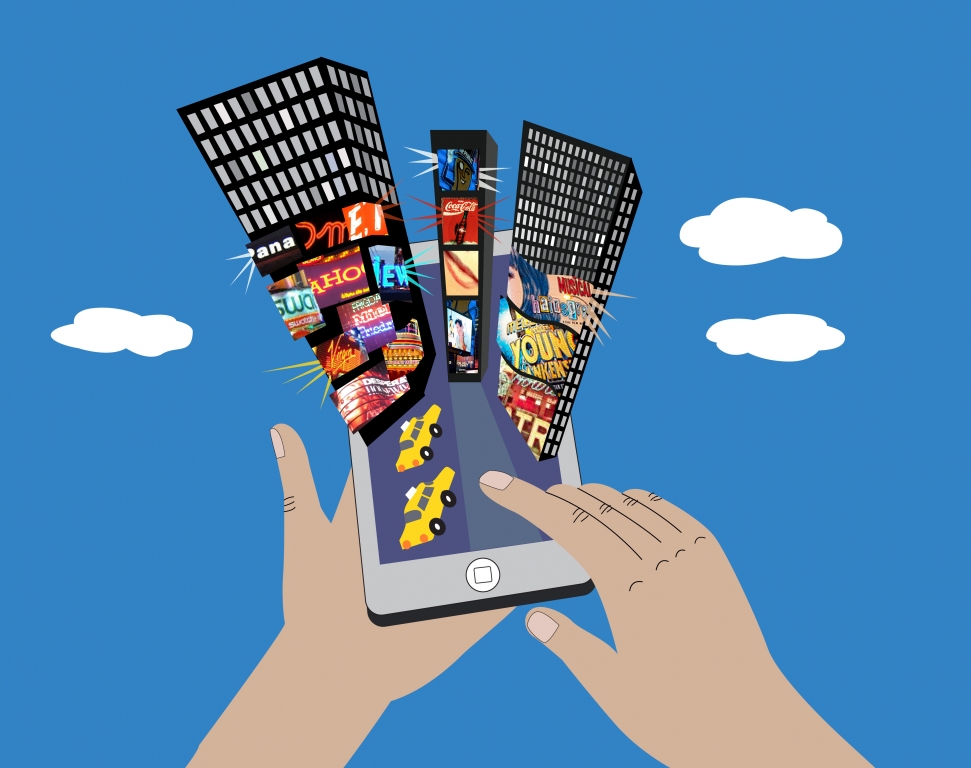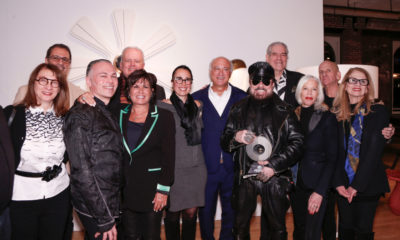One of the most painful phrases to hear as a designer is “in our flagship store.”
Flagship stores are a lot of fun. They’re fun to design and they’re fun to shop. But let’s face it: they’re also few and far between. They’re expensive to build, and many times a three-story, 20,000-square-foot store in Times Square doesn’t exactly translate to a 3000-square-foot space wedged between an Orange Julius and a nail salon.
This disparity of experience has led many retailers to believe in a common myth: that the “flagship experience” is one of brand rather than scaled shopping experience. That what happens in New York, Los Angeles or London is somehow relevant to shoppers in Salem, Ore. This mentality that the flagship experience should be relegated to a few high-profile stores instead of bringing some (or most) of that experience to all the stores in a chain is the problem.
From a traditional design perspective, focused on the size of the store and the cost per square foot, that’s a valid argument. You can’t have a larger store with more luxurious materials in a smaller space and on a tighter budget. But what retailers can – and must – do is to begin using technology as a way of bringing much of the flagship experience to their at-scale retail operations.
Without getting into the specifics of individual technologies, there are four key reasons why technology is the scaling vehicle for the flagship experience:
1) The 80/20 rule
In technology development, a good rule of thumb is that 80 percent of the cost happens in adding the last 20 percent of functionality. The converse of this is that for 20 percent of the price, you can get 80 percent of the benefit. This means that many of the core elements of a superior tech-enabled shopping process are available at low cost at scale.
Starting with off-the-shelf technology elements instead of custom designing them may be an anathema to designers, but using “building blocks” is a rapid, economical way to improve shopper experience.
2) The cost is in the prototype
Scaling a new fixture or wall display throughout a chain requires a large per-store investment compared to selecting or designing the first instance. Technology is the opposite: Once you’ve built an app or a piece of software, the per-store cost of deployment is quite modest. Yes, you have to buy screens for each store, but the cost of building what goes on the screens is generally far higher. So, in general, the more you scale a technology investment, the higher the ROI.
3) Shoppers pay their own way
Got a great kiosk that helps shoppers navigate your stores and products, but not enough capital expense budget to roll them out to all your stores? Eighty percent of your shoppers are carrying their own “kiosk” around in their pockets, even paying for the network infrastructure to keep them connected to the Internet. I’m talking about smartphones, and the difference between “kiosk” and “app” is often a small investment that lets you scale to millions of shoppers at very low cost.
4) The story starts outside the store
I used to tell technology company executives that retailing is a story that starts “And a woman walks into a store…” That’s changed. The shopping journey may now end in the store; there are dozens of new touch points outside the store that can only become a part of the store experience through embracing technology. Relegating these to “marketing” or “e-commerce” ignores the fact that shoppers want to use their laptops, tablets and smartphones outside the store, but in a way that’s connected to an upcoming store visit.
Technology has often been described as a poor alternative to customer service, but the reality is that, properly executed, it can be a way to deliver superlative customer service at scale. A good example is customer analytics. Today’s at-scale retailers are, in general, too large to provide old school customer service in which the shopkeeper knows all his customers, greets them by name and is capable of personally serving each one.
Customer analytics can, by contrast, give staff members in retail chains insight into each customer’s preferences and shopping history – enabling them to serve that customer personally. Is it perfect? Of course not, but it’s far better than nothing. And when it comes to using customer insights to improve the (individual) shopping experience in stores, nothing is pretty much what most retailers are delivering.
This February, the world converges on Düsseldorf, Germany, for EuroShop. Even though (once again) “technology” is confined to a separate hall, it’s a great opportunity to explore how to leverage technology to scale flagship-level design. There are plenty of new technologies to explore this year (hint: check out gesture-based interfaces, projection mapping and holographic displays), but real ROI starts not with the newest concepts but the most feasible.
EuroShop will also mark the debut of the Retail Experience Design Lab (REDLAB). Bringing together the traditional disciplines of store design, technology, digital marketing and customer insight, REDLAB offers members and partners the opportunity to understand and embrace emerging trends and craft innovative solutions that extend their capabilities into the new field of retail experience design.
At Euroshop — and in the Next Store spirit of balancing inspiration and feasibiltiy — I'll be showcasing how several core technologies come together to create a technology-enabled next generation shopping experience. This real-world integration of digital and physical design is intended to spark a dialogue that transcends any specific technology and instead focuses on how digital elements can join elements like materials, space planning and fixture design in a designer’s tool kit. We’ll have presentations by noted designers and industry experts, guided tours of the technology and design pavilions of the expo, and in-booth demonstrations of key digital elements.
You can meet up with us on the EuroShop floor in Hall 12, Booth D49.
So, as you walk the halls of the Messe looking for inspiration for your next flagship project, keep in mind that if you look for opportunities to use some more basic digital elements alongside the gorgeous new physical ones, you’ll end up with a great customer experience not only in a handful of flagship stores, but throughout your entire chain.
See you at EuroShop!


 Photo Gallery6 days ago
Photo Gallery6 days ago
 Headlines2 weeks ago
Headlines2 weeks ago
 Headlines6 days ago
Headlines6 days ago
 Headlines1 week ago
Headlines1 week ago
 Headlines2 weeks ago
Headlines2 weeks ago
 Headlines7 days ago
Headlines7 days ago
 Designer Dozen2 weeks ago
Designer Dozen2 weeks ago
 Special Reports2 weeks ago
Special Reports2 weeks ago







